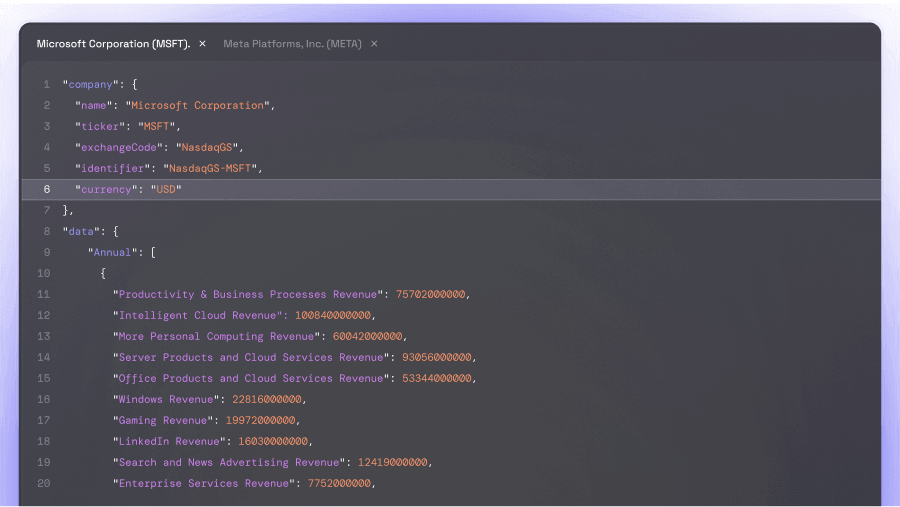## What Is Cosmos (ATOM)? Cosmos (ATOM) is a decentralized network aiming to create an ecosystem of parallel blockchains that can scale and interoperate with each other. By enabling independent blockchains to effectively communicate, Cosmos resolves issues of scalability and usability while maintaining sovereignty. For detailed information about the market performance and valuation of Cosmos (ATOM), please refer to Eulerpool.
Cosmos positions itself as a project addressing some of the most significant challenges in the blockchain industry. It seeks to provide solutions to problems associated with "slow, expensive, unscalable, and environmentally harmful" proof-of-work protocols, such as those employed by Bitcoin, by creating an ecosystem of interconnected blockchains. The project further aims to simplify blockchain technology for developers through a modular framework that clarifies decentralized applications. Additionally, the Interblockchain Communication (IBC) protocol enhances the ability of different blockchain networks to communicate, mitigating the issue of fragmentation within the industry. The origins of Cosmos trace back to 2014 with the establishment of Tendermint, a core contributor to the network. In 2016, Cosmos released its white paper, followed by a token sale in the subsequent year. The ATOM tokens are acquired via a hybrid proof-of-stake algorithm, playing a critical role in securing the Cosmos Hub, which serves as the project’s main blockchain. This cryptocurrency also contributes to the governance of the network.














